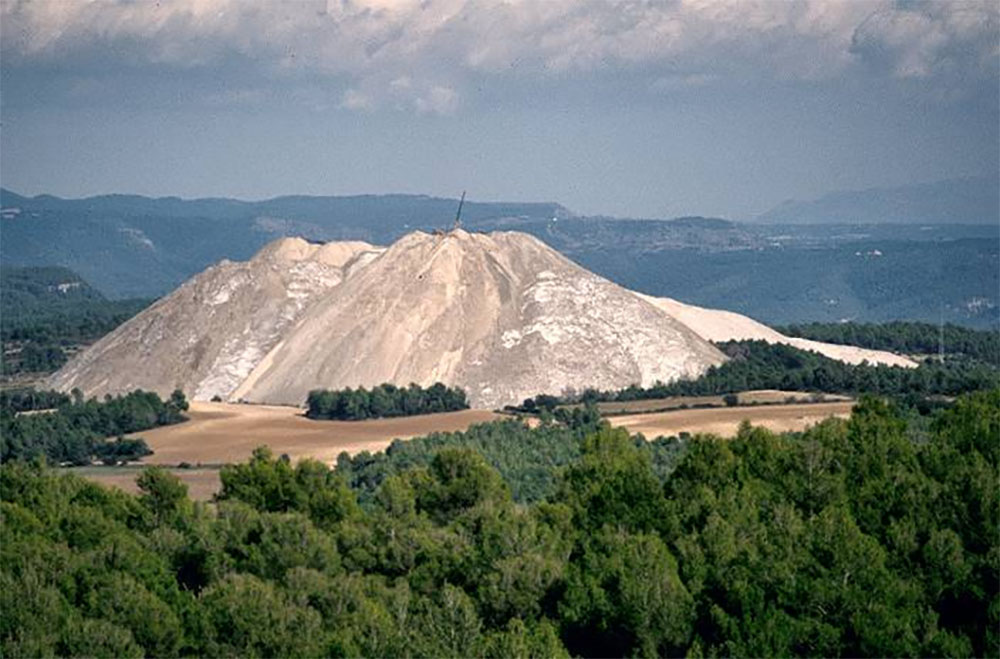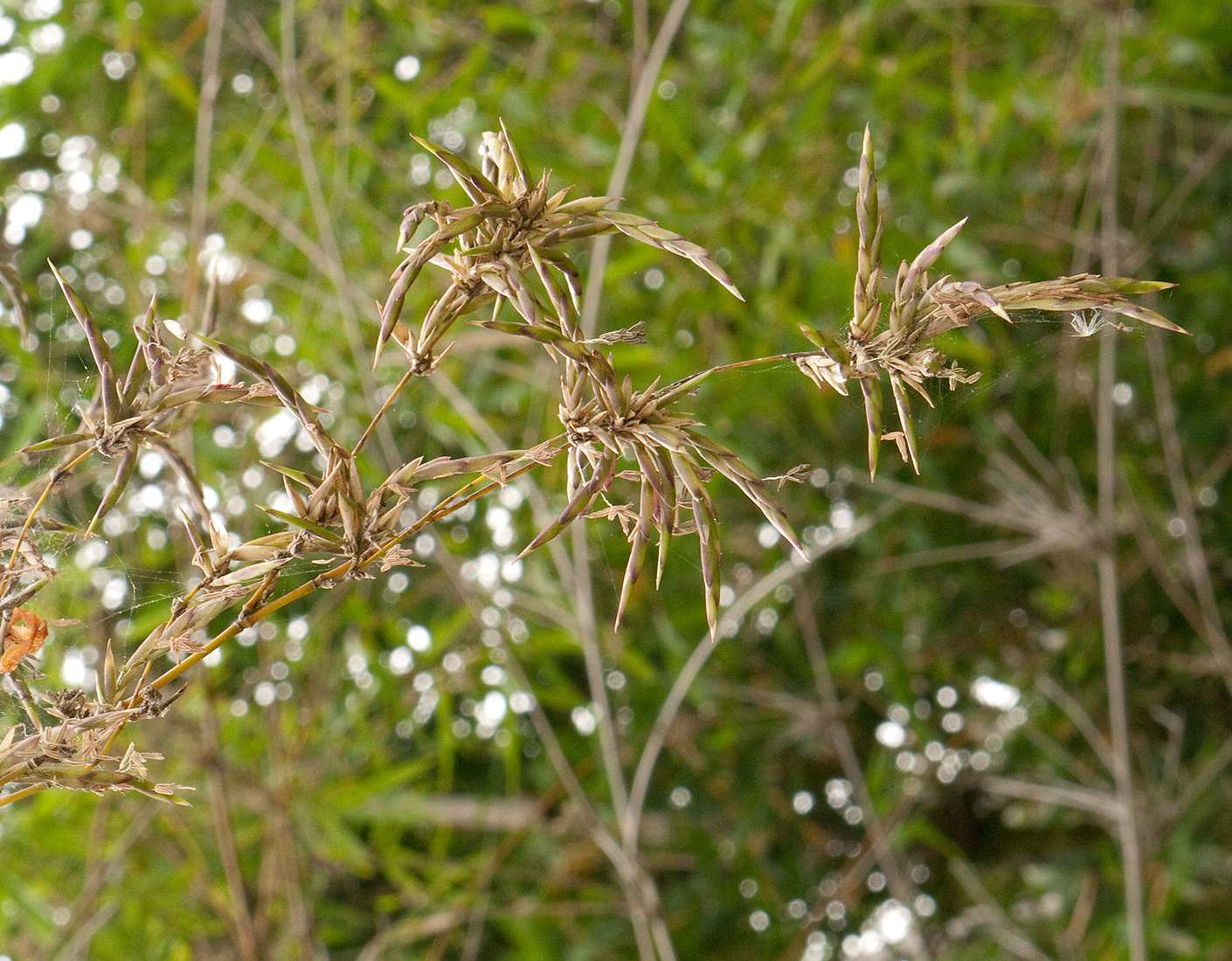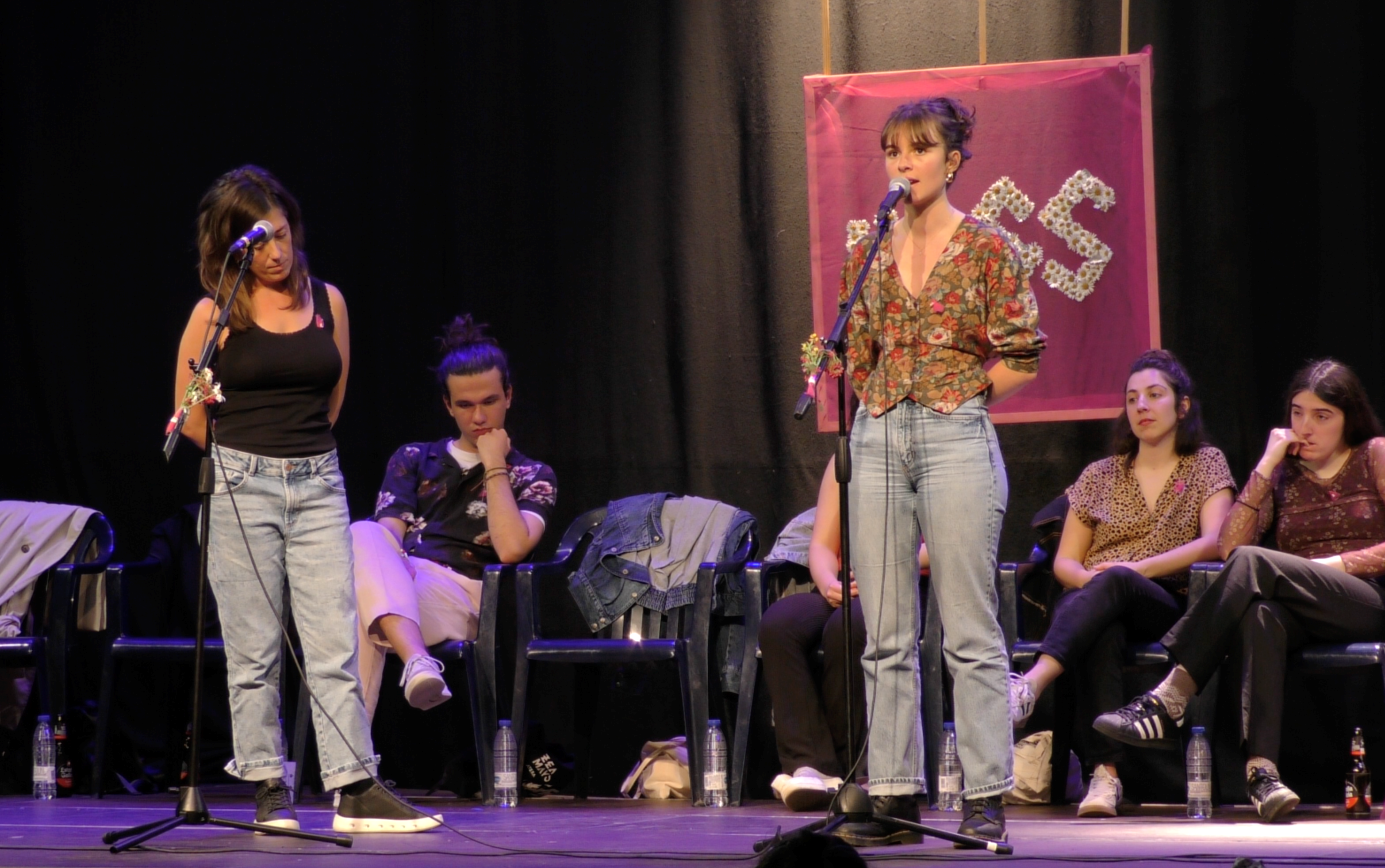What are the risks of the large Yesa potash mine?
- The Muga project, approved by the Government of Spain, provides for a mine of 1,700 hectares between the Navarros municipalities of Xabier and Undués de Lerda, very close to the Yesa reservoir. Experts say it would contaminate the rivers and aquifers in the area, sink the soil and increase the instability of the Yesa slope, among other things.

The Ministry for the Ecological Transition of Spain has awarded the multinational Geoalcali, a subsidiary of the Australian company Highfiels Resources, the mining project for the extraction of potash between Navarra and Zaragoza, which, according to various sources, would be the largest in the Basque Country and the Spanish State, along with the Esa reservoir. Potash is often used to produce fertilizer and pesticide.
The reactions have been immediate, and against them various parties, social partners and environmental groups have spoken. Ekologistak Martxan has denounced that since the project was presented almost a decade ago, the company has only put in place facilities to carry it forward, “instead of turning it back from the beginning”.
In 25 years, it is intended to extract 6.3 million tonnes of buried material each year, and this would require 1,000 trucks a day, according to the project. In addition, a large amount of water is needed for extraction, which would be extracted from the Yesa reservoir.
The Muga project has been the subject of several institutional arguments since 2015, such as the Government of Navarra or the Ebro Hydrographic Confederation (CHE), but in 2019 it obtained the environmental authorization of the Geoalcali and from there it has been made even easier to start with the exploitation. The CHE informs the public that if the project has been approved it will be for compliance with the environmental warnings made by the institutions.
But ecologists and experts in the field are not so sure. The mine would have a total width of 1,700 hectares and a depth of 600 metres, and the waste generated would pose a major problem for the miners, according to the sources. What are the risks of the Muga project?
Salt Mount 57 metres
Subai Erakuntza lists some of them in a report published in 2020, taking into account previous experience in Erreniega. In this place, the heritage of Posistemas de Navarra is still detected, as landfills and wells remain unrehabilitated and are poorly closed, which causes the pollution to reach the Arga River. In addition, land is often sunk and earthquakes are also occurring.
In the case of the Muga project, the damage will be greater due to the size of the mine itself. Subai explained that the peak of the salt residues generated in the extraction of the potash could be at least 57 metres – 13 million cubic metres – although it is probably much higher, as the technique of salt reintroduction is not feasible in his opinion.

In 25 years, it is intended to extract 6.3 million tonnes of buried material each year, which would require more than 1,000 trucks a day, according to the report. In addition, a large amount of water is needed for extraction, which would be extracted from the Yesa reservoir.
Precisely, the proximity of the Yesa reservoir is one of the most worrying reasons, as the mine galleries are less than a kilometer away. In these galleries the salt melts when it enters and that generates more water, “this chain reaction will make the problem very difficult to stop.”
Subai recalls in this document that the environment of the Yesa reservoir is very unstable and with a high seismic activity: “Cracks, sinks, scratches and other harmful effects can occur both in the mine and in the reservoir itself.”
Eskola inguruko natur guneak aztertu dituzte Hernaniko Lehen Hezkuntzako bost ikastetxeetako ikasleek. Helburua, bikoitza: klima larrialdiari aurre egiteko eremu horiek identifikatu eta kontserbatzea batetik, eta hezkuntzarako erabiltzea, bestetik. Eskola bakoitzak natur eremu... [+]
Komunitatea bildu, pilpilean dauden gaiez hitz egin, informazioa trukatu eta beste herrien esperientziak ezagutzea da herritar kritikoek egiten duten lehen ekintza, makroeoliko bat herrian jarriko diotela jakiten duenean. Halaxe egingo dute martxoaren 13an Andoainen: mendi... [+]
Petrolio-ontzi batek eta zamaontzi batek elkar jo dute astelehen goizean Ipar Itsasoan, Ingalaterrako ipar-ekialdean. Talkak Jet-A1 erregaia zuen petrolio-ontziaren tanke bat apurtu du eta kezka da nagusi, izan ditzakeen ondorio ekologikoengatik.
Gaur abiatu da Bizi Baratzea Orrian kide egiteko kanpaina. Urtaro bakoitzean kaleratuko den aldizkari berezi honek Lurrari buruzko jakintza praktikoa eta gaurkotasuneko gaiak jorratuko ditu, formato oso berezian: poster handi bat izango du ardatz eta tolestu ahala beste... [+]
Euskal Herri mailan txikitik handira agroekologia sustatzen duten zenbait elkarte eta kooperatiba ataka larrian daude, finantziazio iturriak bertan behera geratu ostean. Erakunde publikoetatik, berriz, elikadura negozio gisa ikusten duten proiektuen aldeko apustu irmoa nabari... [+]
Noizbait. Noiz izan ote zen? Noizbait landareren batek lorea egitea erabaki zuen. Bai, bai, landareek ere erabakiak hartzen dituzte, eta guk maiz ez bezala, erabakiak bete egiten dituzte. Eta loreak sortu zituzten.
Iruñean bizi ziren Iñaki Zoko Lamarka eta Andoni Arizkuren Eseberri gazteak, baina familiaren herriarekin, Otsagabiarekin, lotura estua zuten biek betidanik. “Lehen, asteburuetan eta udan etortzen ginen eta duela urte batzuk bizitzera etorri ginen”, dio... [+]
Katalanen ustetan artzainak engainatzen omen ditu hegazti honek: “enganyapastors”. Espainiar eta latindarrek, aldiz, ahuntzari esnea kentzen diola diote, hortik datorkio hain zuzen ere izen zientifikoan (Caprimulgus europaeus) islatzen den caprimulgus (capra... [+]
Josu Estarrona EH Bilduko Arabako senatariak egindako galderari erantzun dio Espainiako Sustapen Ministerioak, eta hor berretsi du Ezkioko aukera zailtasunez beteta dagoela.
Festa egiteko musika eta kontzertu eskaintza ez ezik, erakusketak, hitzaldiak, zine eta antzerki ikuskizunak eta zientoka ekintza kultural antolatu dituzte eragile ugarik Martxoaren 8aren bueltarako. Artikulu honetan, bilduma moduan, zokorrak gisa miatuko ditugu Euskal Herriko... [+]
Laudion, Aiaran eta Okondon izango du eragina energia azpiegiturak eta plataformaren aburuz, proiektuak eta ingurumen-inpaktuaren azterketak gabezia garrantzitsuak dituzte.
Andeetako Altiplanoan, qocha deituriko aintzirak sortzen hasi dira inken antzinako teknikak erabilita, aldaketa klimatikoari eta sikateei aurre egiteko. Ura “erein eta uztatzea” esaten diote: ura lurrean infiltratzen da eta horrek bizia ekartzen dio inguruari. Peruko... [+]
Satorralaia plataformak Donostiako Metroaren Mirakontxa-Easo zatiko lanek “%164ko gainkostua” izan dutela salatu zuen joan den astean, eta, horren harira, EH Bilduk gainkostu hori argitzeko eskatu du, Eusko Legebiltzarrean erregistratutako galdera sorta baten bidez.




















